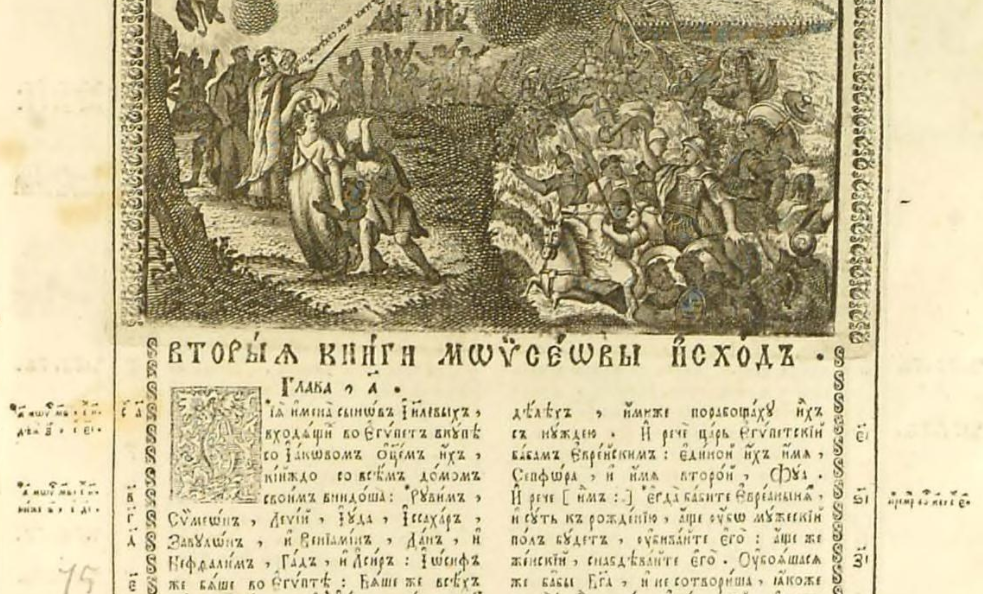
The texts included in the Church Slavonic corpus, most of which are used in the contemporary liturgy of the Russian and some other Slavic Orthodox Churches, can equally be regarded as belonging to history and as relevant to modern linguistic practice. The justification for classifying this corpus as historical lies in the fact that it represents the language of a specific body of texts, the majority of which were finalized no later than the mid-18th century. Around the same time, its grammatical and orthographic norms were largely established.
At the same time, the Church Slavonic corpus occupies a unique position among the historical corpora of the Russian National Corpus. Notably, it is not included in the Panchronic Corpus, although it will feature annotated and searchable early and modernized representations of lemmas, facilitating navigation between it and other historical corpora. This decision reflects the distinct linguistic and textological status of the works included in the corpus.
First, most texts in the Church Slavonic corpus have a heterogenuous structure and feature editorial changes from various eras (for more details, see below). As a result, it is nearly impossible to assign them precise dates, which are essential for diachronic studies. Unlike most Old East Slavic, Middle Russian, or Modern Russian texts, these texts do not fit neatly into a chronological framework due to their evolving and composite nature. Second, starting from the 18th century, the history of the Church Slavonic language in Russia and the Russian language has diverged in linguistics. Distinct standards for these languages were codified, as was the function of Russian as a literary language. Including texts such as 19th–21st-century services and akathists or 18th-century revisions of biblical texts in the same chronological stream as Modern Russian would obscure the fundamental differences in tradition, linguistic norms, and purpose.
Third, Church Slavonic texts were created, translated, and edited by authors from various Slavic nations, including Ukrainians, Belarusians, Serbs, and Bulgarians, across different regions. These texts are tied to the history of various versions of the Church Slavonic language and the development of several modern Slavic languages, not just Russian. This diversity makes it difficult to include the corpus in a strictly Russian-centered Panchronic corpus.
